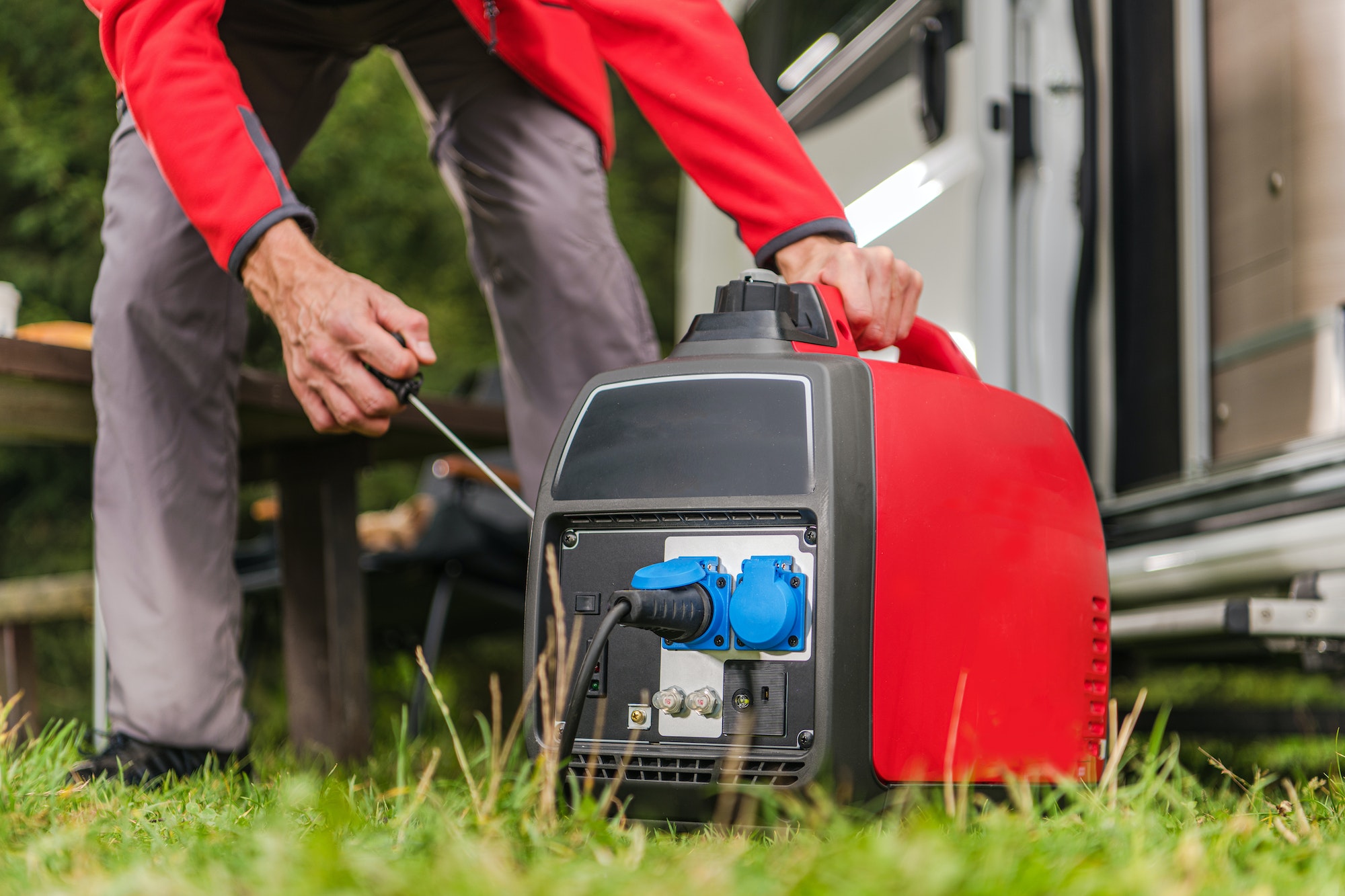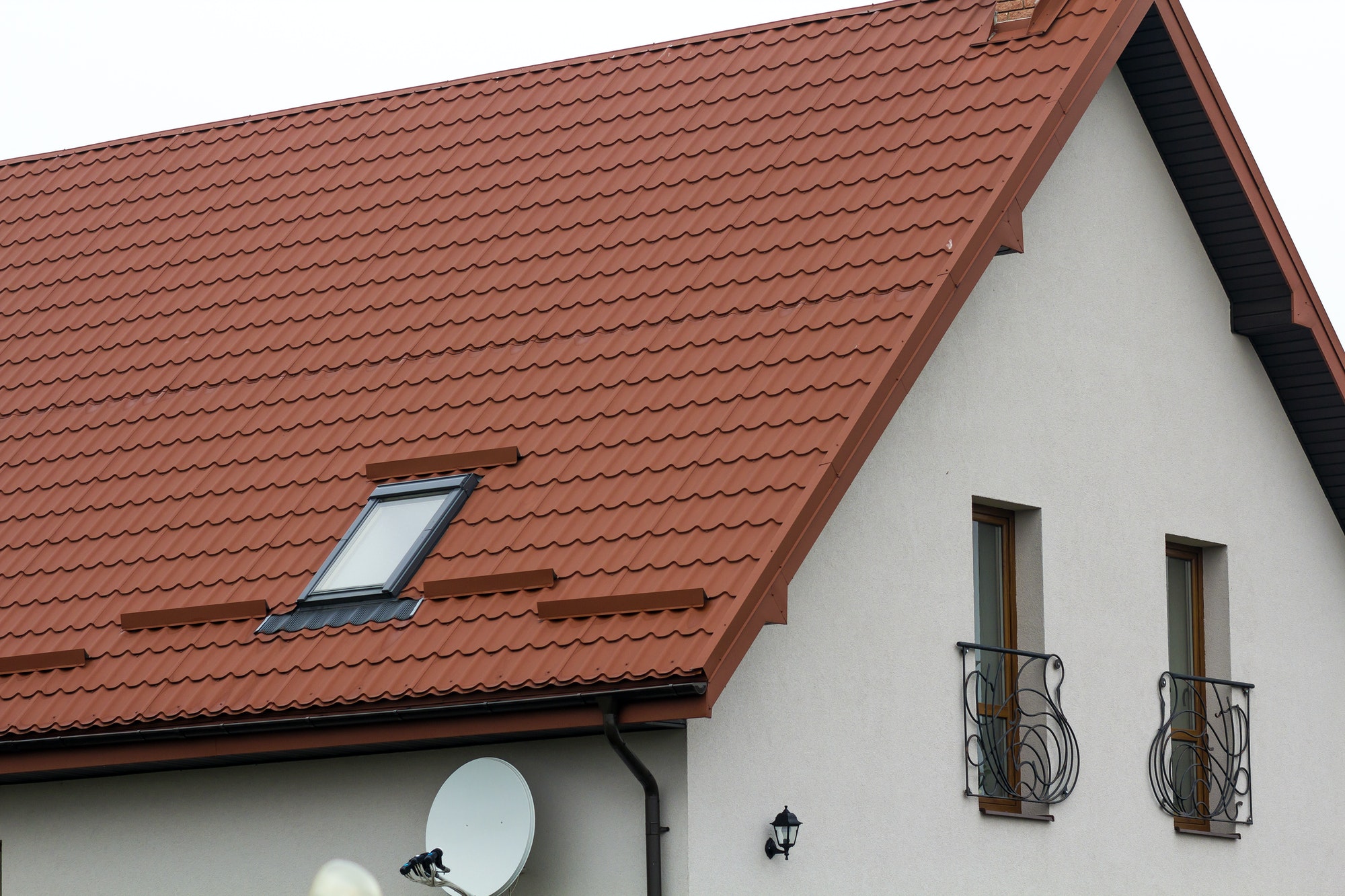Are you considering using plastic tubing as part of your home build? They can be a great alternative to a lot of glass pipes. Clear and flexible plastic tubing can also be a great alternative in a laboratory setting.
Regardless of the type of pipe you use, the arrangement and preparation of the fittings are important. For rigid plastic pipes, you can use a pipe cutter or a bow saw to cut them. You can also use a tape measure or a bow saw while cutting the fit and attaching the plastic tube.
Here’s everything you need to know about plastic tubing and plastic caps for tubing.
- PVC Pipes vs Steel Pipes
PVC pipes are the best type of pipes and are superior to steel pipes.
You can replace the entry fittings of PVC pipes by pulling or dropping the valve through the penetration point. You can add gap points along the section and align the valve to the segment using CPC fittings.
What if the hose lining that patches your pipe is not an option for you? If you have issues with your pipe, use the burst pipe method rather than hose lining to pull the new pipe out of the old one. This is where you replace an existing pipeline with a parallel one that acts as a conduit for a while.
It can be cumbersome and time-consuming to change your pipe bend settings at the start of the route. Create your route template. If the elbow setting needs to be adjusted at this time, the route can be customized for you.
- Research How to Clean Your Pipes
Learn how to use hoses to clean your pipes. This can save you money. Discover how hoses are handled by doing research online. Use reputable websites recommended by people in the industry. Knowing which tubes and reinforced hoses to use can also help determine your packaging needs.
Plastic hoses are durable and resistant to chemicals. Some hoses and hose materials contain plasticizers, which are chemical substances that facilitate processing and support the flexibility of the finished hose or hose.
Under certain circumstances, plasticizers or chemical substances can penetrate the hoses. You will need to take precautions to prevent this. Be sure to research what chemicals you can pour down the drain and into the pipes, and find out what effect that will have.
- PVC Is Easier to Use Than Other Plastics
Polyvinyl chloride (PVC) is used because it is easy to bond with other plastics. PVC-free hoses are harder to bond because the chemicals do not react as well.
Pairing components such as polycarbonate, acrylic, and rigid PVC, are is commonly done in medical tubing because they are easy to bond. If you have a medical business, then clear, flexible plastic tubing might be a great choice for you.
Medical tubing is typically made of various plastics, including PVC, thermoplastic elastomer made of polyethylene, nylon, and silicon. The main reason plastic pipe ruptures occur is that many industries design thermoplastic piping systems the same way as metal and install them. In contrast to conventional pipe and valve carrier products, the construction of plastic pipe systems can cause problems in heating the system.
The use of metal pipe methods with plastic systems can cause mechanical stresses that can become trapped in the piping system, decreasing the life expectancy of the pipes.
- Temperature Changes Occur
The temperature changes in the environment that the medium transports can cause plastic pipes to expand or contract.
In a process heat application, 100 straight passes of a plastic PVDF pipe installed in the morning at a cool 10 degrees Celsius expand by 288 percent.
Copper tubes used for underground or above-ground applications can be damaged—especially if copper tubes are incorrectly laid and used.
If possible, replace glass connectors with plastic or metal connectors. To reduce the likelihood of cuts and punctures, use common sense. If you cut into the glass. Use a handguard, and polish the cut surface with fire.
- Laboratories
Laboratories that have the potential to contain dangerous glass or plastic should equip their workers with Kevlar gloves. They should also dispose of any items that could potentially cause injury in normal garbage containers and equip them with a glass disposal box.
Plastic pipes are cheaper, easier to process, and more resistant to corrosion than metal pipes. Robust plastic hoses can serve you for decades.
Companies use plasticizers in the manufacture of certain tubing and tube materials. However, the potential flavor and odor problems associated with the use of plasticizers can be eliminated if you are careful.
How to Choose Your Plastic Tubing
Choosing your plastic tubing or PVC can be hard. Consult a regulated plumber. Be sure to know your state’s building authorities inside and out. Systems that include pipes, guides, valves, and support systems use thermoplastic piping systems, and these are IPS (Inch Per Metric) sizes.
The preferred material for sanitary installations in private homes is PVC. Many people started switching to PVC because they noticed loose joints. Remember, PVC can also be combined with a host of other chemicals as well.
Using a knife or razor blade to remove hoses can damage normal pipes. In particular, you might cut the power glass pipe plug-in plastic pipes, which can cause leakage. PVC pipes have a stronger resistance to this.
For more articles like this one, be sure to check out the rest of our site.
Discover more from Futurist Architecture
Subscribe to get the latest posts sent to your email.




